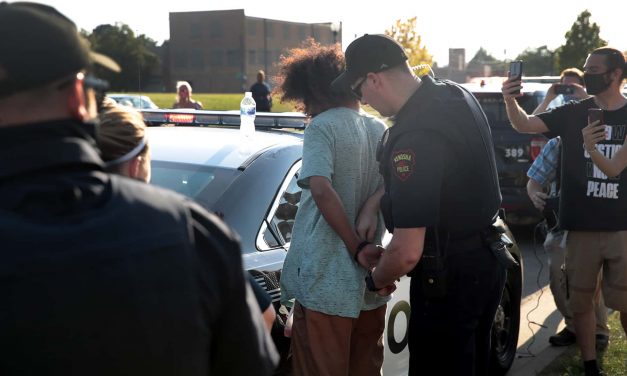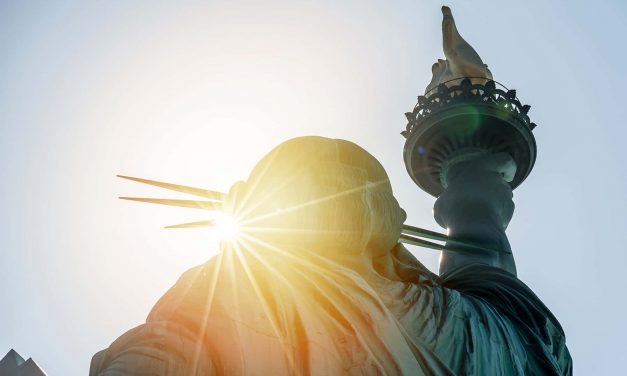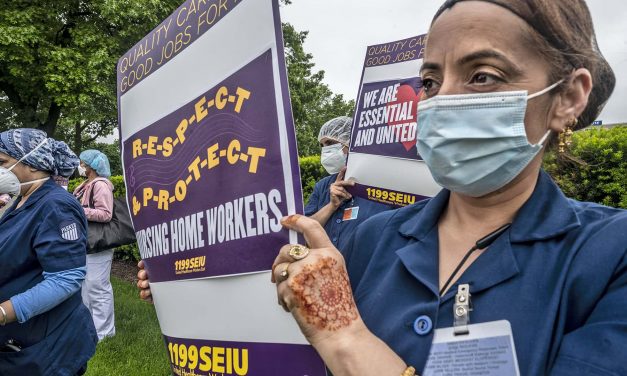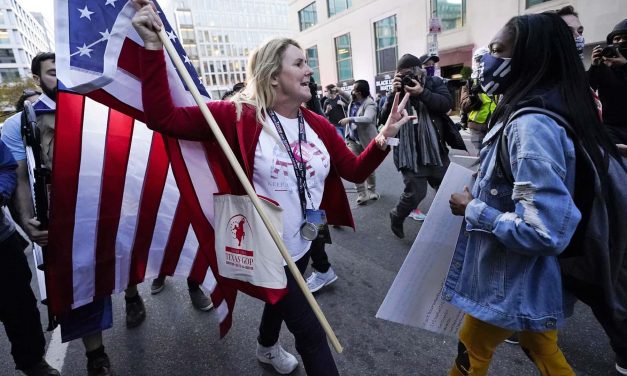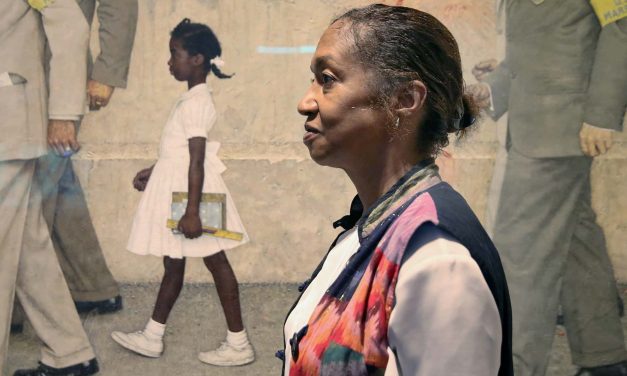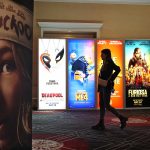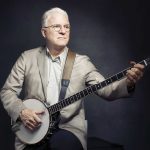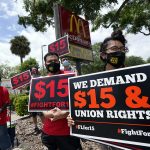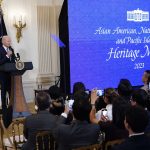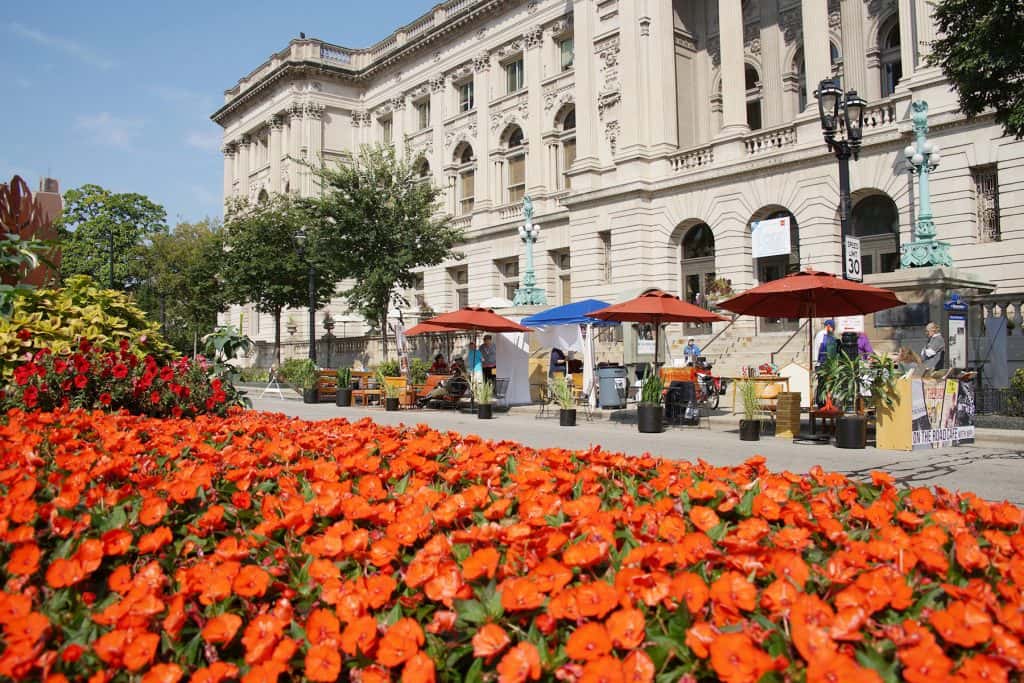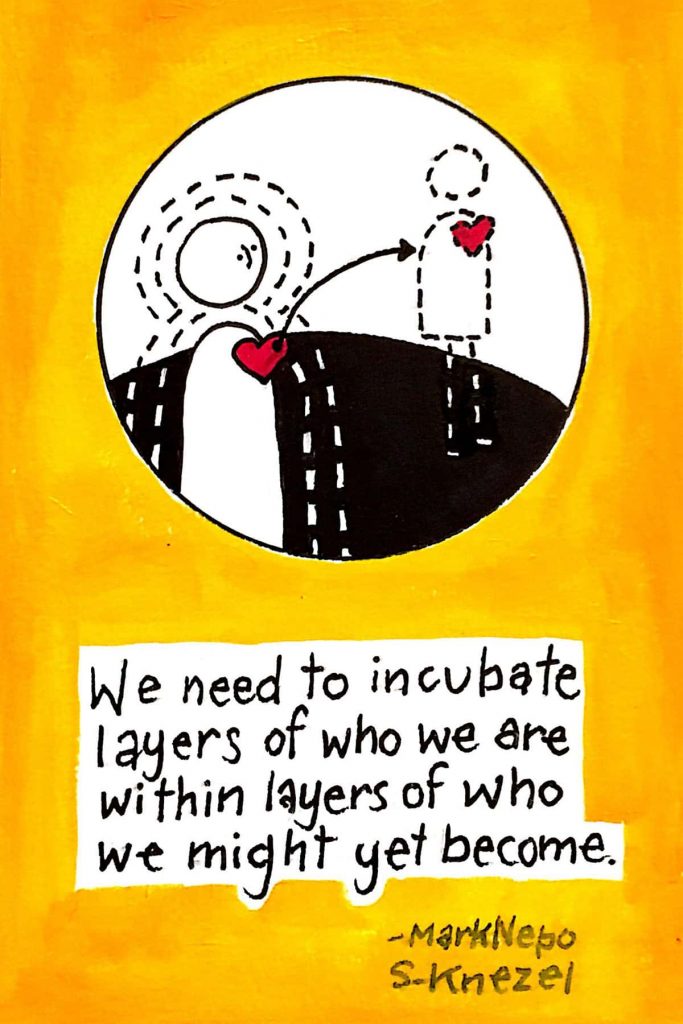Political polarization stirs fear in cities like Kenosha as Wisconsin’s majority population becomes less White
By John M. Eason, Associate Professor of Sociology; Benny Witkovsky, PhD Candidate; Chloe Haimson, PhD Candidate; Jungmyung Kim, PhD Candidate; University of Wisconsin-Madison Kenosha, Wisconsin, became a national byword for racial unrest when protests in August erupted in violence. After local police shot a Black man, Jacob Blake, seven times in the back, leaving him paralyzed, furious residents took to the streets expressing years of pent-up anger. During nighttime hours, fires were set. Law enforcement’s response only escalated the situation. One night an armed white militia showed up, and Kenosha officers thanked them. Then, at 11:45 p.m. on Aug....
Read More
